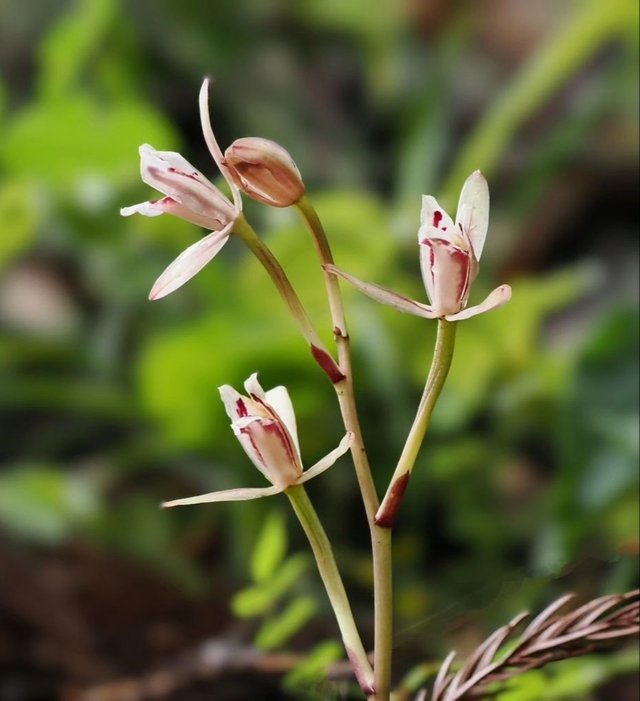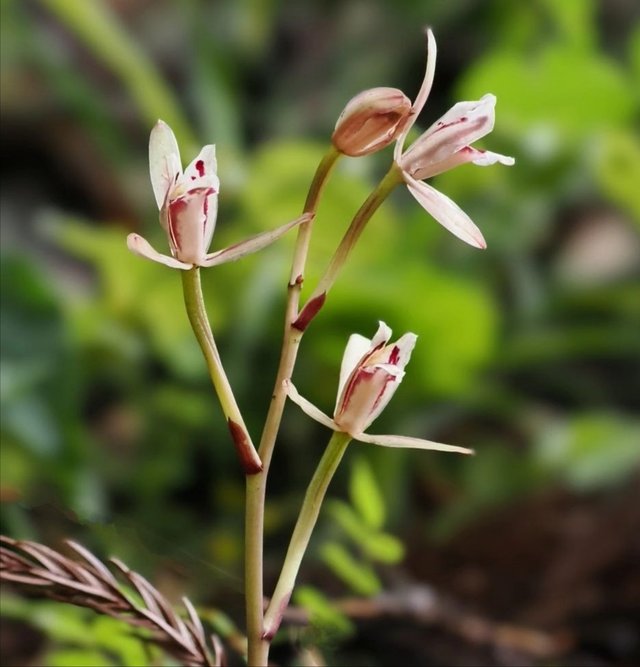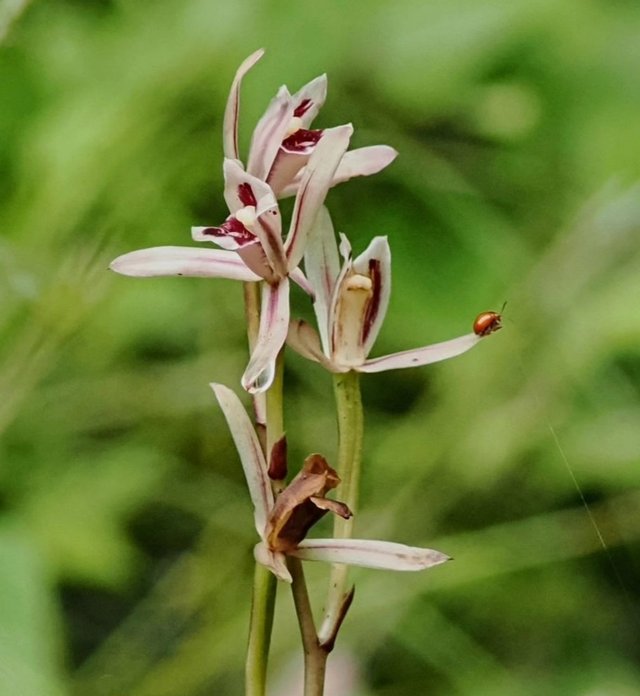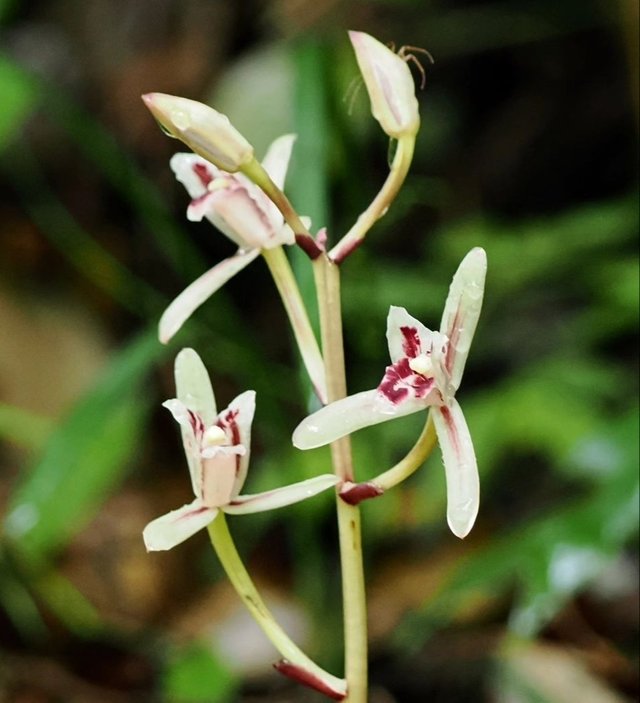Wonderful Colour Cymbidium Ensifolium Flower
Cymbidium ensifolium: A Jewel Among Orchids
Cymbidium ensifolium, commonly known as the Sword-leaved Cymbidium, is a captivating orchid species cherished for its elegance, fragrance, and historical significance. Originating from Asia, particularly China, Japan, Korea, and parts of Southeast Asia, this orchid has been cultivated for centuries, becoming a symbol of beauty, grace, and refined taste.
Botanical Characteristics
Cymbidium ensifolium is a terrestrial or lithophytic orchid, meaning it grows either on the ground or on rocks. Its name, "ensifolium," refers to its long, sword-like leaves, which can reach up to 60 centimeters in length. These leaves are slender, arching, and have a distinctive dark green color, creating a striking contrast with the flowers.
The inflorescence of Cymbidium ensifolium is equally impressive. It typically produces several slender, arching flower spikes, each adorned with multiple blooms. The flowers are relatively small compared to some other Cymbidium species, usually measuring about 3-5 centimeters in diameter. However, what they lack in size, they make up for in elegance and fragrance. The blooms are often cream to light yellow, with intricate patterns and a delightful, sweet fragrance that can fill a room.
Cultivation and Care
Growing Cymbidium ensifolium requires understanding its natural habitat. These orchids thrive in well-drained, humus-rich soil with a slightly acidic to neutral pH. They prefer bright, indirect light and can tolerate short periods of direct sunlight, especially in the morning or late afternoon. Maintaining a temperature range of 10-25°C is ideal, with a drop in temperature at night to mimic their natural environment.
Watering should be done regularly but with care to avoid waterlogging. Allow the top layer of the growing medium to dry out slightly between waterings. In their native habitat, Cymbidium ensifolium experiences seasonal variations in rainfall, so reducing watering during the cooler months can help stimulate flowering.




